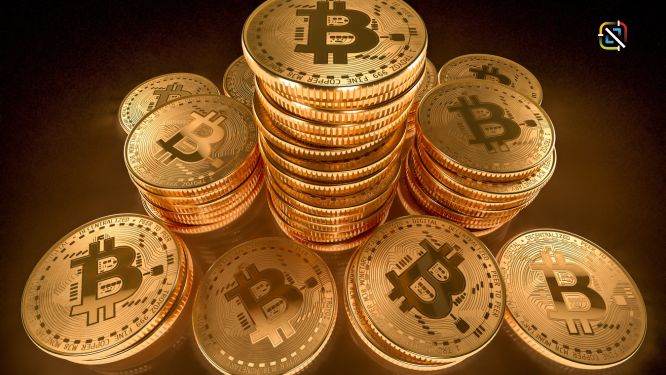
Naveen Mallela, the global co-head of Onyx, JPMorgan’s blockchain and digital currency unit, recently shed light on the transformative potential of blockchain technology in India, particularly following the launch of the central bank digital currency (CBDC), the e-rupee, in 2022. Speaking at a financial technology conference, Mallela emphasized the rapid adoption of blockchain technology in India and the significant role that CBDCs could play in revolutionizing the nation’s payment systems.
The Role of CBDCs in India’s Payment Evolution
India has long been a pioneer in digital payments, with the Unified Payments Interface (UPI) gaining global recognition for its efficiency and ease of use. Mallela pointed out that the introduction of the e-rupee marks a critical advancement in this journey, positioning CBDCs as the next step in the evolution of India’s digital payment infrastructure. He highlighted the e-rupee’s potential to seamlessly integrate with the existing UPI system, thereby enhancing the overall efficiency and accessibility of digital transactions in the country.
One of the most intriguing aspects of the e-rupee, according to Mallela, is its ability to facilitate payments without the need for an internet connection. This feature, which is still being tested, could be a game-changer in a country where internet access is not yet universal. By enabling offline transactions, the e-rupee could significantly expand the reach of digital payments, particularly in rural and underserved areas, thereby promoting financial inclusion on an unprecedented scale.
The “Finternet” Concept: A Global Vision for Digital Payments
In addition to discussing the future of CBDCs in India, Mallela also touched upon the broader implications of blockchain technology for the global financial system. He introduced the concept of the “Finternet,” a global ledger that he believes will surpass all previous digital initiatives. The Finternet, as envisioned by Mallela, would serve as a unified platform for digital transactions across borders, enabling seamless and secure payments on a global scale.
Mallela’s vision for the Finternet is closely aligned with the ongoing developments in India’s CBDC initiative. He believes that the success of the e-rupee could serve as a model for other countries looking to launch their own digital currencies. By leveraging blockchain technology, CBDCs have the potential to create a more efficient, transparent, and secure global financial system, ultimately benefiting consumers and businesses alike.
RBI’s Gradual Approach to CBDC Implementation
Mallela’s remarks coincided with an important update from Reserve Bank of India (RBI) Governor Shaktikanta Das, who announced that the RBI is currently conducting pilot tests for the e-rupee with both offline and programmable features. These features are designed to enhance the functionality and security of the digital currency, making it more versatile and user-friendly.
Governor Das emphasized the importance of a gradual rollout of the e-rupee, based on data collected from these pilot tests. This cautious approach is intended to thoroughly evaluate the impact of the CBDC on users, monetary policy, the financial system, and the economy as a whole. The RBI’s commitment to careful testing and evaluation underscores the complexity of implementing a nationwide digital currency and the need to ensure that it functions smoothly within the broader financial ecosystem.
The Future of Digital Payments in India
As India continues to explore the possibilities of the e-rupee, the potential for CBDCs to reshape the nation’s payment systems is becoming increasingly clear. Mallela’s insights highlight the critical role that blockchain technology and digital currencies will play in the future of financial transactions, not just in India but around the world.
The integration of the e-rupee with existing digital payment systems like UPI could pave the way for a more inclusive and efficient financial system, one that is accessible to all segments of the population. Furthermore, the development of global initiatives like the Finternet could revolutionize cross-border payments, making them faster, cheaper, and more secure.
In conclusion, the future of digital payments in India looks promising, with the e-rupee poised to lead the way in the country’s ongoing digital transformation. As the RBI continues to refine and expand its CBDC initiative, the potential benefits for consumers, businesses, and the economy are immense. With the support of industry leaders like JPMorgan and the innovative thinking of experts like Naveen Mallela, India is well-positioned to become a global leader in the adoption and implementation of blockchain technology and digital currencies.
Read More: Cobie’s Platform Echo Hits $10 Million Milestone in Startup Investments























